How Used French Fry Oil Could Power the World’s Private Planes to ‘Jet-Zero’ Emissions
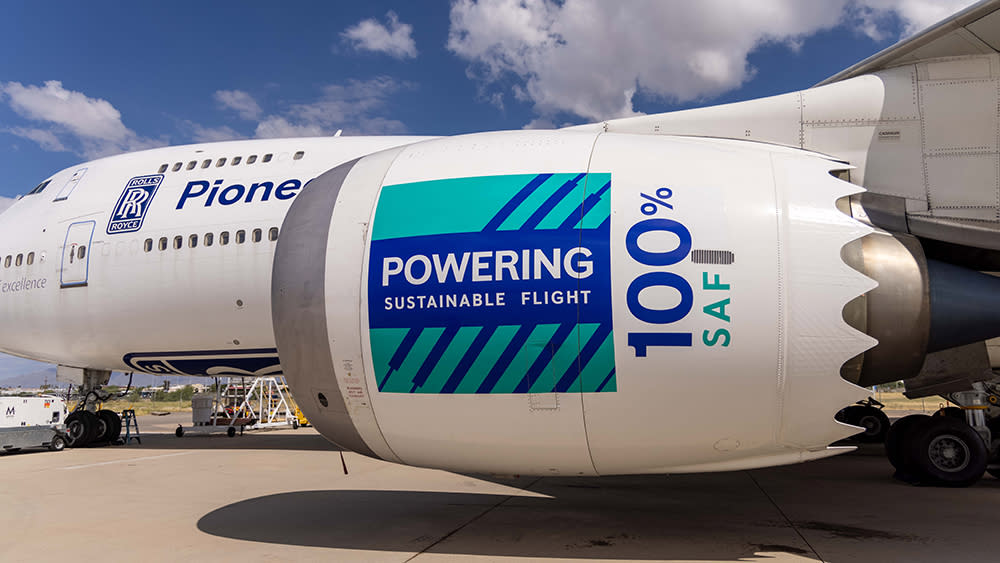
All sectors of aviation have committed to being carbon neutral by 2050—the so-called “jet zero” goal—but a recent report from The Royal Society warns that getting to that goal will involve much greater study of different types of non-fossil fuels to replace conventional jet fuel.
Battery- or hydrogen-powered planes may garner headlines, but experts both inside and outside of aviation say the real key to meeting the industry’s climate goals is Sustainable Aviation Fuel (SAF). Turning workaday agricultural waste like used cooking oil, ethanol and other residue raw materials into fuel sounds like a fantasy, but SAF is already being used by business aviation in limited quantities. Jet engines that run on biofuels have an advantage over electric aircraft because they require little modification or supporting infrastructure.
More from Robb Report
Self-Flying Planes May Be Hitting the Skies Sooner Than You Think. Here's What You Need to Know.
The Most Popular Business Jet in the U.S. May Not Be What You Think
The technology is still in its infancy, but many see it as the most promising way to reduce greenhouse gas emissions in the aviation sector, which contributes almost two percent to total global emissions each year, according to the International Energy Agency (IATA). The agency estimates that SAF could contribute around 65 percent of the reduction in emissions that the aviation industry needs to reach net-zero in 2050. Both commercial and business/private aviation have pledged to meet those goals.
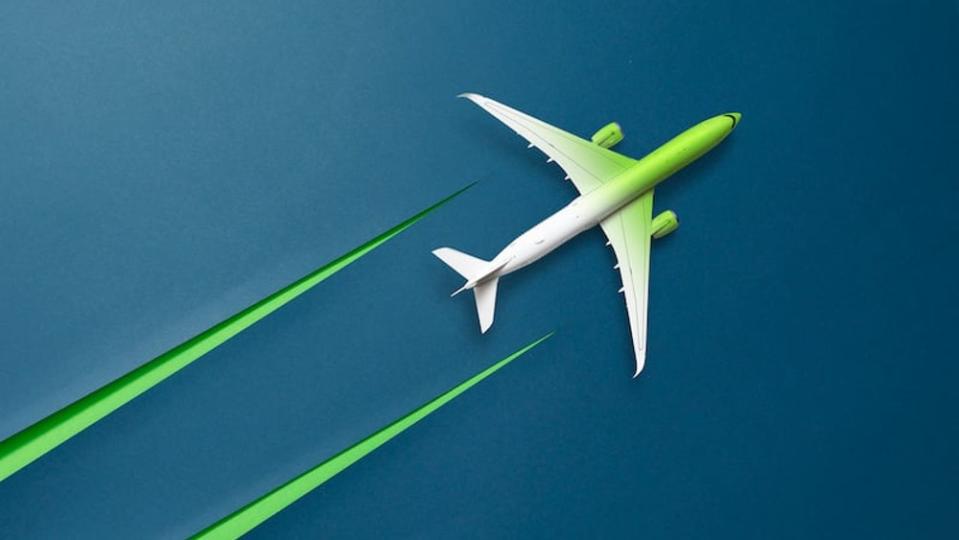
United Airlines has started a $100-million fund, along with Air Canada, Boeing, GE Aerospace, JPMorgan Chase and Honeywell, to invest in jet fuel that produces fewer greenhouse gases. Boeing has pledged to double its use of sustainable fuel this year, to 5.6 million gallons. Corporate jet makers like Dassault, Gulfstream and Embraer are using SAF in their test-flight programs, while NetJets has invested in SAF refiner WasteFuel and pledged to buy 100 million gallons over the next ten years.
However, widescale use of SAF will require a massive increase in production in order to meet demand, according to a recent report by the Rhodium Group, an energy sector consulting group. The limited supply and narrow distribution mean that SAF can cost three times more than conventional jet fuel.
IATA expects the number of commercial flights using SAF to reach 2 million in 2025, from 450,000 flights in 2022. The few refineries that do produce SAF sell it in small quantities. Only two companies provide major airlines at scale. World Energy supplies United, Amazon Air, Boeing and JetBlue with SAF from its plant in Los Angeles and is converting its factory in Houston to produce twice as much annual capacity by 2025. The company said the move will help get it more than halfway to its goal to produce one billion gallons of SAF by the end of the decade.
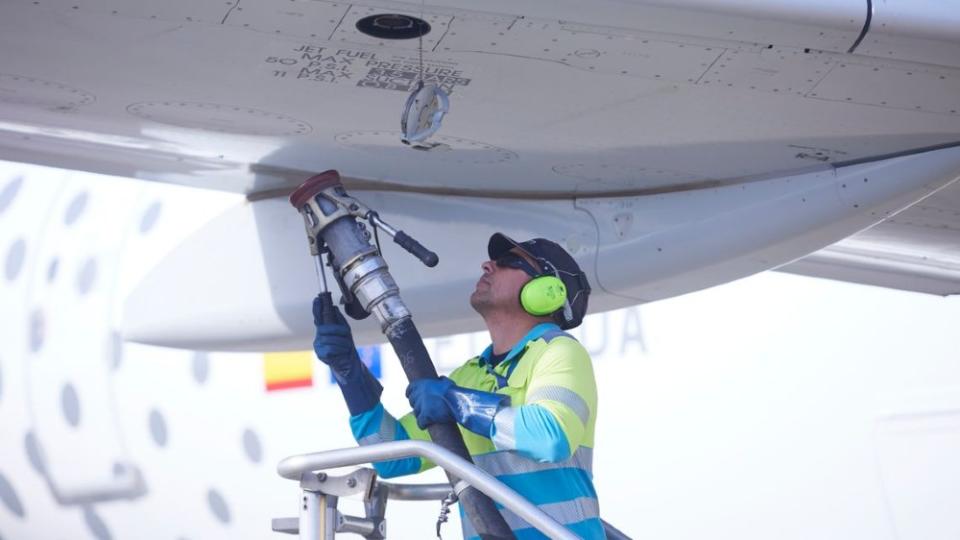
Finnish oil company Neste provides European airlines with about 34 million gallons annually, and is becoming a major provider to business aviation as it expands in the US market.
A handful of start-ups are receiving an influx of funding to expand operations. Denver-based startup Gevo broke ground last year on a plant in South Dakota to make SAF from ethanol.
Boom Supersonic, also in Denver, said it will purchase up to 5 million gallons of SAF from Air Company, an ethanol company in New York, annually for its flagship Overture flight test program. “Sustainable aviation fuel is critical to sustainable supersonic travel, and fuel made from CO2 is the most scalable pathway to abundant SAF,” Kathy Savitt, president of Boom Supersonic, said in a statement.
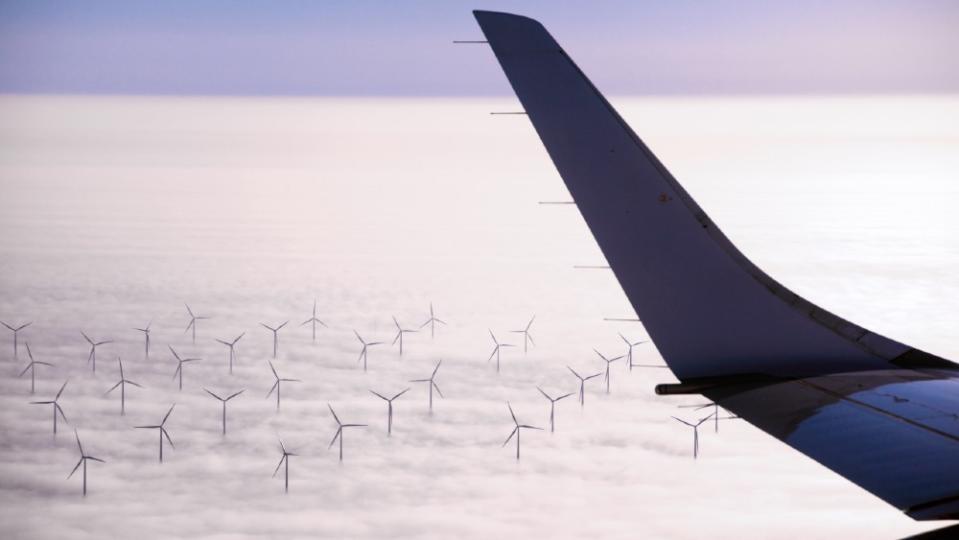
Toby Edwards, co-CEO of London-headquartered jet-charter broker Victor, said he expects SAF to do the “heavy lifting when it comes to the industry’s carbon emissions.” The company stopped its carbon-offsetting program at the end of 2022 to focus on SAF.
Considering US business jets consumed about 12 percent of the 60 million gallons of blended SAF in 2022, “we punched above our weight,” says AvFuel’s Keith Sawyer. “And demand is growing.” But it’s just the start. The US Department of Energy estimates that all forms of aviation will eventually need 35 billion gallons per year to meet the 2050 net-carbon-zero goals.
Airlines are facing stringent government regulations and intense pressure from the public to go green over the next couple of decades, but the technological and economic hurdles mean that “the industry is not decarbonizing with enthusiasm,” says Christopher de Bellaigue, author of Flying Green: On the Frontiers of New Aviation.
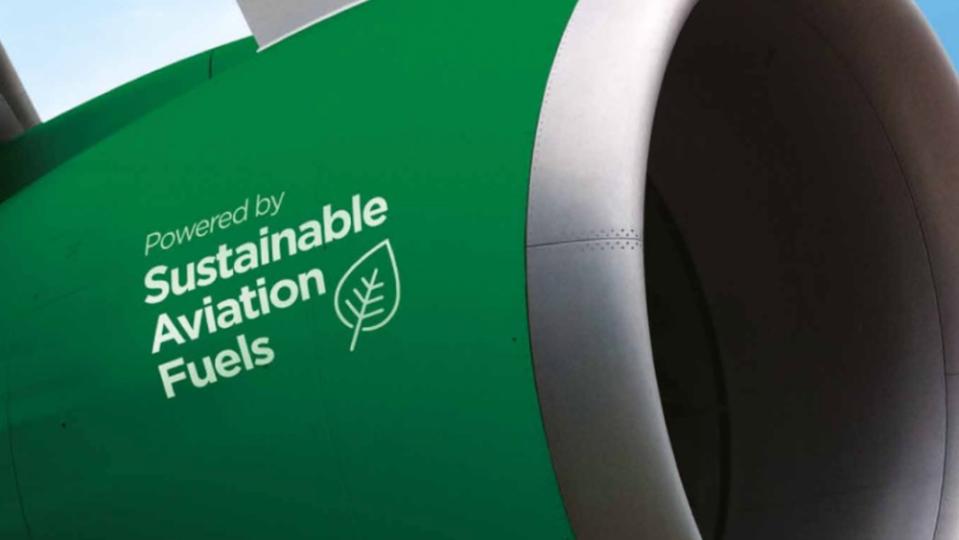
A spate of aviation companies are foregoing biofuels and banking on battery power, promising to shorten long-distance trips using eVTOL, all-electric vertical take-off and landing aircraft.But those rotorcraft are unlikely to help aviation reach its net-zero goals, de Bellaigue says. He notes: “eVTOLs are adding, rather than replacing—taking people out of cars, not [other] airplanes.”
In the meantime, The Royal Society’s recent report on sustainable aviation says much more research is needed on sustainable aviation fuel to create a roadmap for the efficient production, storage and use of these biofuels.
The study also noted that more R&D is required to understand and mitigate the non-CO2 climate impacts. The authors said that the UK would have to devote more than half of its farmland to create enough SAF feed stock to meet aviation’s 2050 net-zero goals.
“We need consistency, and we need to apply this globally, because adopting any of these new technologies will create demands and pressures for land, renewable energy or other products that may have knock on environmental or economic effects,” Professor Marcelle McManus, director of the Institute for Sustainability at the University of Bath told the Guardian following the release of the report.
Best of Robb Report
The 15 Best Travel Trailers for Camping and Road-Tripping Adventures
The 2024 Chevy C8 Corvette: Everything We Know About the Powerful Mid-Engine Beast
Sign up for Robb Report's Newsletter. For the latest news, follow us on Facebook, Twitter, and Instagram.

